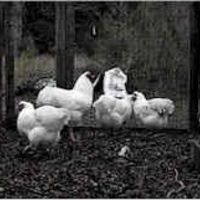I see a new thread started up that I think we may all be interested in.

Check it out here.
How lucky are we! The OP of this thread is OLD ! ! !


Check it out here.
How lucky are we! The OP of this thread is OLD ! ! !









